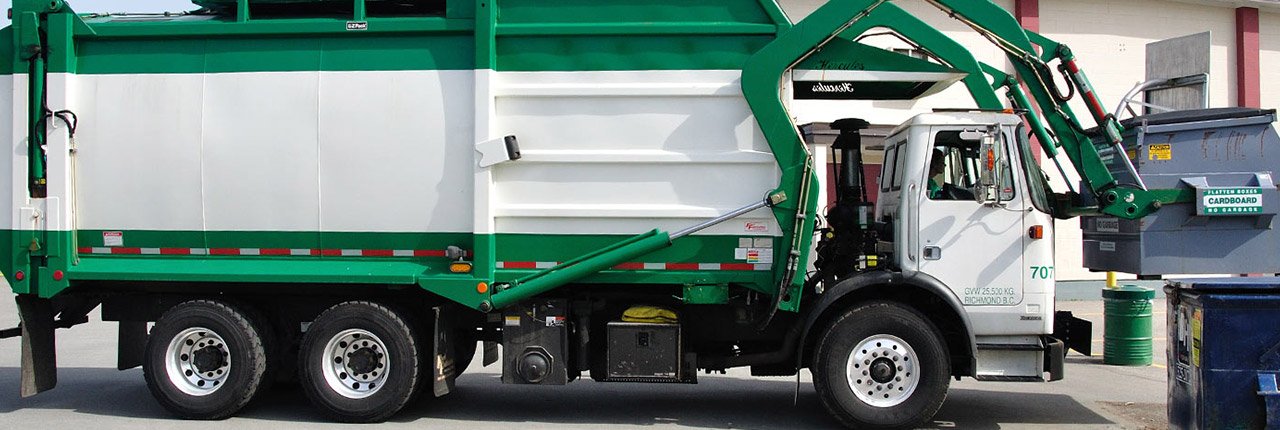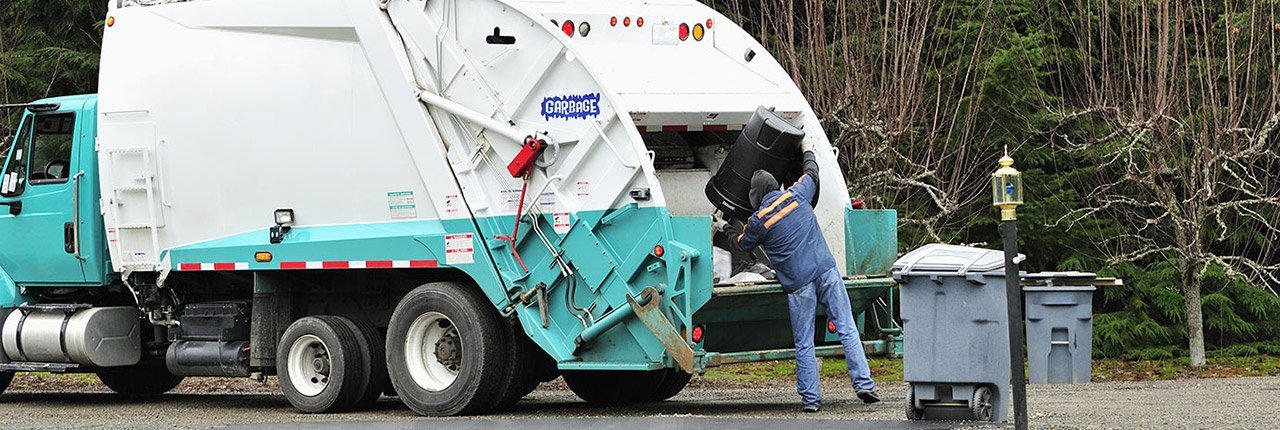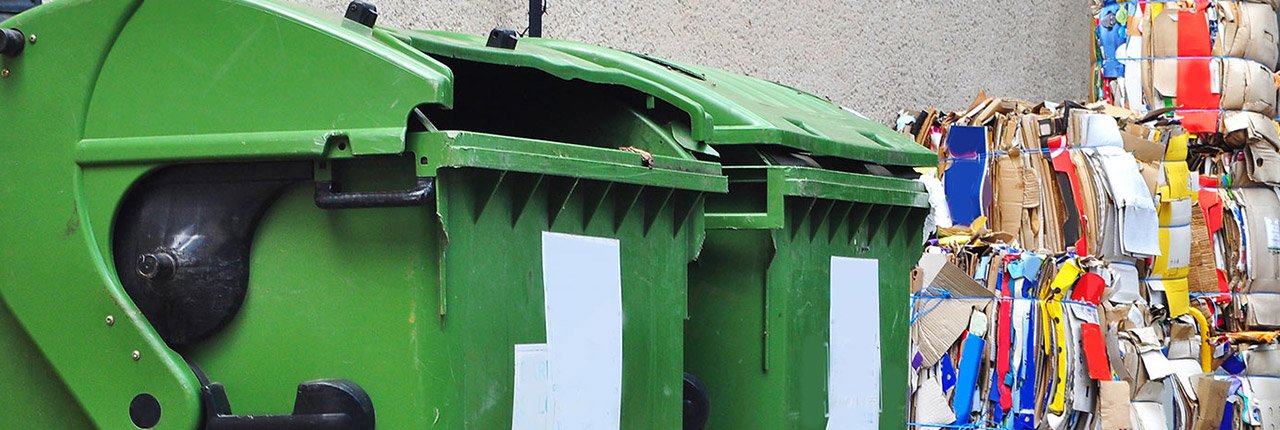Master the Art of Clutter Control: Practical Tips Post-Clear-Out
Posted on 07/09/2025
Master the Art of Clutter Control: Practical Tips Post-Clear-Out
Clutter creep is real, and even after a major clean-out, maintaining a tidy, orderly home can feel like an ongoing challenge. If you've recently decluttered and are determined not to let messiness sneak back in, you're already on the right path! This comprehensive guide is packed with expert strategies for clutter control and practical, easy-to-implement tips for keeping your space organized and serene. Whether you're a minimalist convert or just enjoy a little more order, learning the secrets of post-clear-out clutter management will help you create lasting calm in your home.
Why Ongoing Clutter Control Matters
Witnessing a tidy room after a successful declutter is immensely gratifying. But without consistent organization habits, it's all too easy for disorder to make a comeback. Ongoing clutter control isn't just about aesthetics--it's crucial for your well-being, productivity, and even your finances.
- Mental Health: A clutter-free space reduces stress and encourages relaxation.
- Efficiency: Finding what you need becomes quicker and easier.
- Money-Saving: Avoid buying duplicates of items you can't locate among clutter.
- Pride of Place: Enjoy your environment and feel confident inviting others into your home.
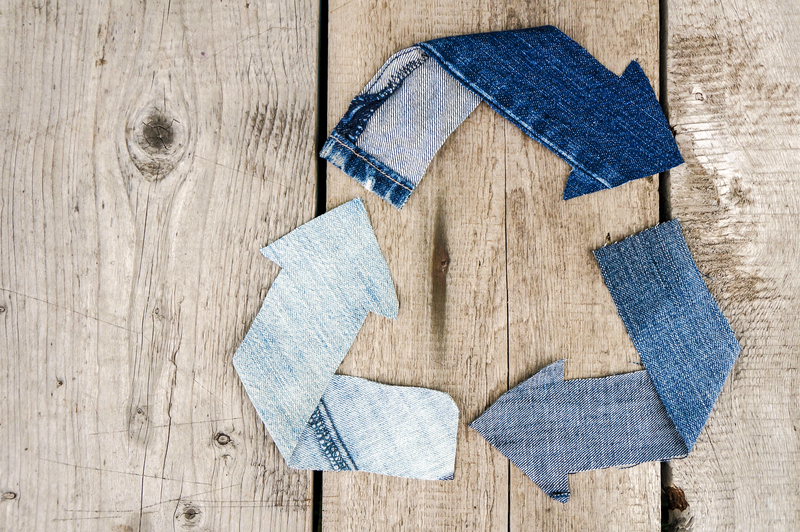
Effective Strategies for Post-Clear-Out Clutter Control
Adopting the right mindset is the first step to mastering clutter management after your clear-out. Commit to maintaining your newfound order, and you'll find these clutter control techniques incredibly effective:
1. Practice the "One In, One Out" Rule
This simple mantra can dramatically reduce the accumulation of unnecessary possessions. For every new item you bring into your space, remove another. Whether it's a shirt, kitchen tool, or toy, adopting the one in, one out approach creates a natural barrier against future clutter.
2. Create Designated "Homes" for Every Item
After your home organization, assign a specific place to everything. Items without a "home" are most likely to become clutter. Use baskets, labeled bins, drawer dividers, or custom shelves--your possibilities are endless.
- Entryway baskets for keys and mail
- Clear containers for pantry items
- Drawer organizers for office supplies
- Hooks for bags and jackets
3. Implement a 10-Minute Daily Tidy Routine
Consistency is key to clutter prevention. Spend just ten minutes each day returning items to their proper places. Enlist household members for a quick sweep before bed or after dinner--set a timer and make it a fun family challenge!
4. Schedule Monthly Mini-Declutters
Rather than waiting for clutter to pile up, set aside time every month to review trouble spots. Rotate through target areas:
- Kitchen counters
- Bedroom closets
- Bathroom cabinets
- Living room surfaces
This habit makes the next big declutter feel unnecessary!
5. Embrace Smart Storage Solutions
Utilize products designed to make clutter control after decluttering even easier. From under-bed storage bins to vertical shelving and hanging organizers, invest in tools that suit your specific needs.
- Use stackable containers to maximize cupboard space.
- Install entryway shelving for high-traffic catch-alls.
- Try over-door hooks and caddies in small bathrooms or closets.
6. Practice Mindful Shopping
One of the quickest ways clutter sneaks back in is through impulse shopping. Before purchasing, pause and ask yourself:
- Do I truly need this item?
- Is it a duplicate?
- Do I have space for it?
- Does it align with my post-clear-out goals?
Room-by-Room Clutter Control Tips Post-Clear-Out
Every room has its unique organizing needs. Here are targeted strategies for managing clutter in your most-used spaces.
Entryway
- Install a wall-mounted organizer for keys, sunglasses, and mail.
- Use a shoe rack or tray to keep floors clear, especially if you have children.
- Hang hooks for coats, backpacks, and dog leashes.
Living Room
- Choose furniture with built-in storage--think ottomans or side tables with drawers.
- Store remotes and magazines in baskets or bins.
- Set daily "re-set" times for pillows, blankets, and game controllers.
Kitchen
- Keep countertops mostly clear; store appliances you rarely use in cupboards.
- Group pantry items by type in labeled containers for easy inventory.
- Regularly dispose of expired food and unused gadgets.
Bathroom
- Limit open products on counters--use trays or small caddies instead.
- Add shelf risers inside cabinets to maximize vertical space.
- Purge expired beauty and health items monthly.
Bedroom
- Utilize under-bed storage for off-season clothes or bedding.
- Maintain a capsule wardrobe to keep closets streamlined.
- Use trays or bowls for daily jewelry and accessories.
Home Office
- Sort paperwork daily into "to-do," "pending," and "file" trays.
- Declutter digital files regularly to keep desktops neat.
- Mount shelves above desks for books and supplies.
Clutter Control Habits for Lasting Results
Successful clutter control after decluttering isn't a one-time fix--it's a lifestyle. Adopt these habits for permanent transformation:
- Deal with items immediately: Put things away as soon as you're finished with them.
- Regularly reassess belongings: If you haven't used something in six months, consider letting it go.
- Establish "clutter catchers": Keep a bin or bag in each room for items to donate or relocate.
- Celebrate small wins: Notice tidy areas and congratulate yourself for maintaining them!
How to Get Family (or Roommates) Involved in Clutter Control
You'll keep your home organized more easily with everyone's cooperation. Here's how to make clutter management post-declutter a group effort:
- Assign age-appropriate tasks to children--for example, toy clean-ups or setting the shoe rack.
- Create a chore chart or shared calendar with reminders for tidying routines.
- Set clear expectations: Establish household rules about putting items back after use.
- Discuss the benefits of an organized space (more time for fun, less stress, easier cleaning).
Handling Sentimental Items While Preventing Clutter
One of the trickiest challenges is managing keepsakes, photos, and memorabilia--these have emotional value but can quickly overrun your space. Strike a balance by:
- Designating a memory box or bin for each family member.
- Digitizing old photos and cards to preserve them without physical bulk.
- Displaying a rotating selection of sentimental items and storing the rest.
- Setting boundary limits for keepsake collections (e.g., "one bin per person" rule).
You can cherish memories without sacrificing your clutter-free home!
Signs Your Clutter Control System Needs Tweaking
Are you noticing piles reappearing or struggling to keep up with tidying? Here's how to know if your organization method needs adjustment:
- Your "homes" for items aren't easy to access
- Frequently-used objects don't have dedicated spots
- Storage bins or boxes are overflowing
- Family members or roommates are confused about where things belong
If any of this sounds familiar, revisit your storage solutions, simplify your systems, and don't be afraid to re-home or donate more stuff.
Clutter Control Tips for Special Circumstances
If You're Downsizing
- Measure your new space and only bring items with proven utility or value.
- Sell or donate multiples and large-scale furniture.
- Opt for furniture that doubles as storage.
If You're Expecting a Baby
- Prepare a bin for outgrown baby items and keep it accessible for quick sorting.
- Regularly rotate toys and clothes to prevent overflow.
- Create labeled baskets for baby supplies in commonly used rooms.
If You Work from Home
- Keep paperwork scanned and stored digitally to reduce pileup.
- Use cable management clips for electronics and charging areas.
- Declutter your workspace weekly to maintain focus.
Recommended Tools for Clutter Control After Decluttering
The right supplies can make all the difference. Here are must-have products for ongoing clutter control:
- Clear bins and baskets for visibility and quick access
- Label-makers or chalkboard stickers so everyone knows what goes where
- Drawer dividers for cutlery, utensils, makeup, or office supplies
- File folders and magazine holders for managing documents and bills
- Catch-all trays for entryways or coffee tables
- Over-door organizers for shoes, accessories, or cleaning supplies
- Hooks, pegs, and wall-mounted racks for coats, hats, and bags
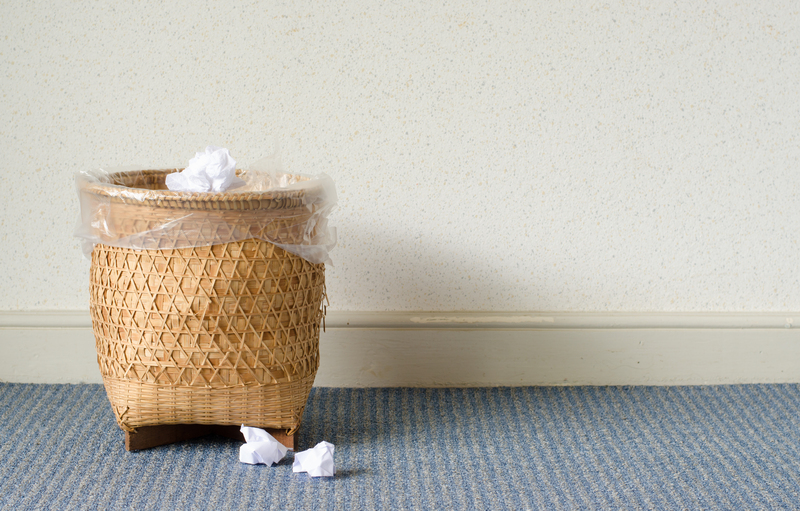
Stay Motivated: The Joy of a Clutter-Free Home
Every bit of effort you invest in clutter management brings you closer to peace of mind and pride in your home. Remember:
- Maisntaining order gets easier the longer you stick to it.
- Small daily habits yield huge results over time.
- A tidy environment can inspire positive changes in other life areas!
Take a moment each week to notice your progress and relish the calm you've created.
Conclusion: Make Clutter Control a Lifestyle, Not a Chore
Learning to master the art of clutter control post-clear-out is about more than keeping things tidy--it's about setting yourself up for long-term comfort, productivity, and bliss. By applying these practical tips, customizing your approach for every room, and nurturing mindful habits, you'll make clutter-free living your new normal.
Ready to keep your home serene and organized for good? Start with one tip, celebrate your progress, and transform clutter control from just another task into a rewarding part of your everyday life.
```




